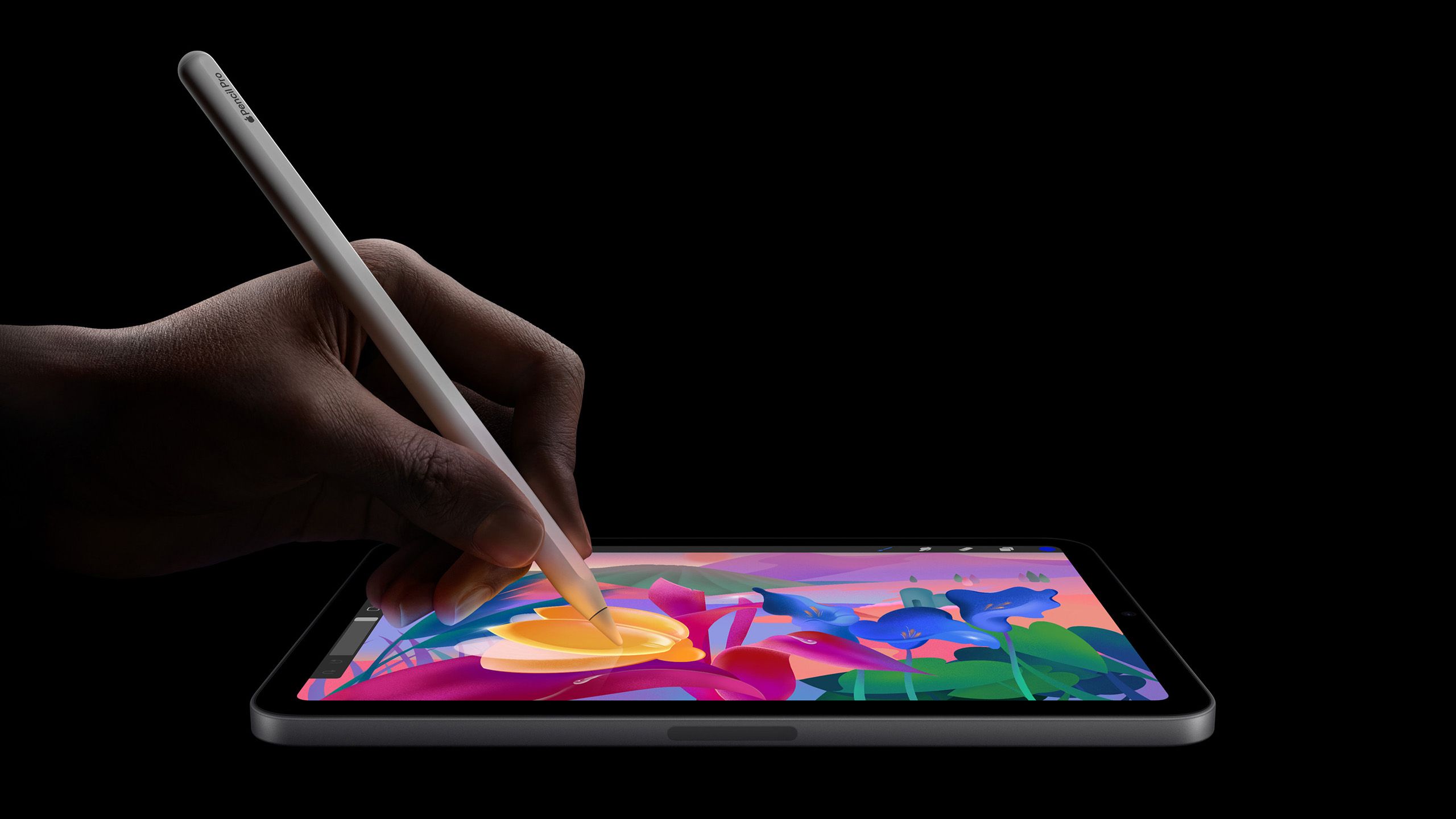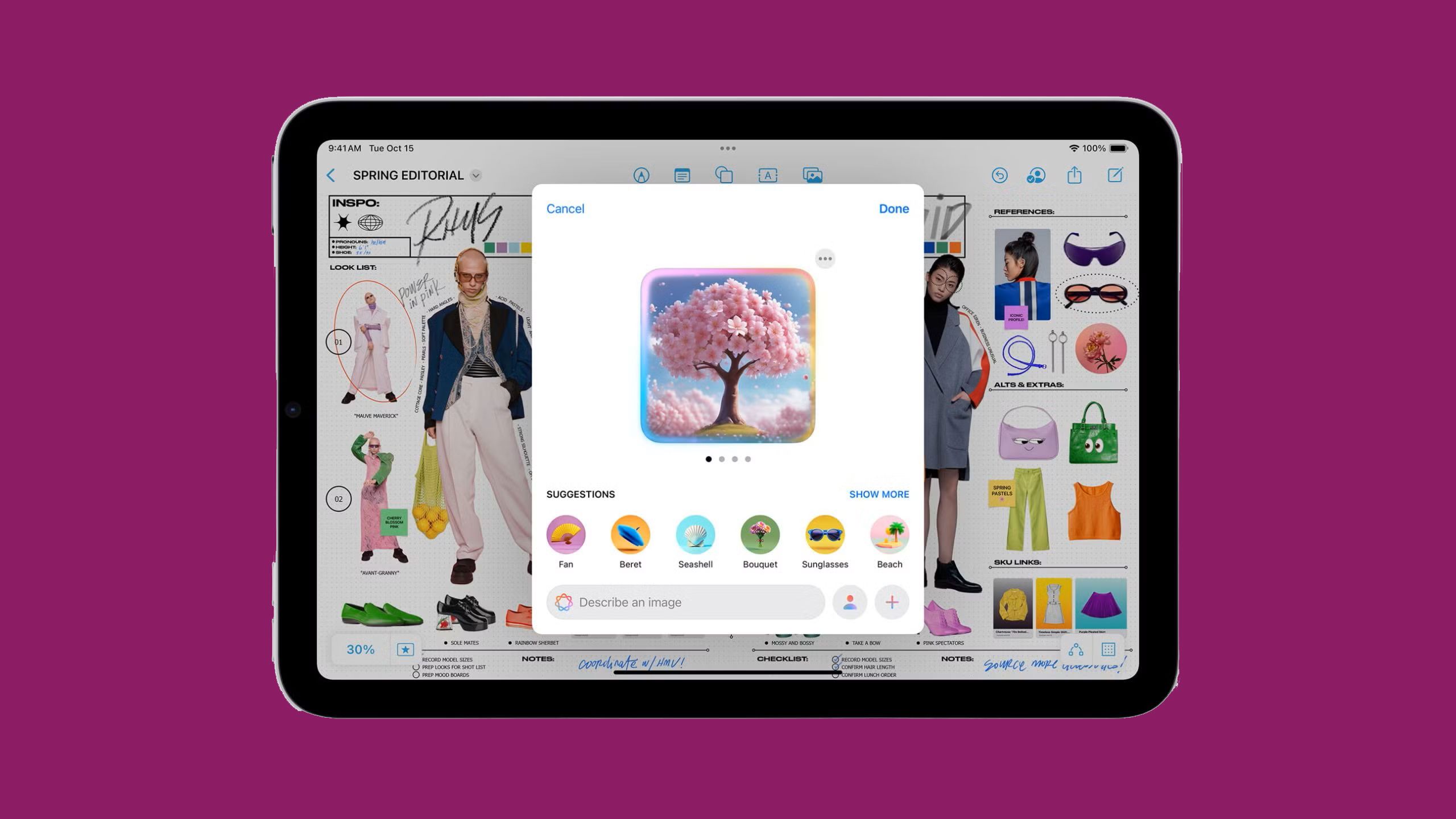Key Takeaways
- The new iPad mini with an A17 Pro chip ships soon, but besides that, features minor updates.
- Apple steers mini buyers towards spending $100 more on iPad Air for better specs.
- Niche users like travelers and artists may find value in the mini, but it overall lacks the features you’d find in the Air/Pro.
There’s finally a new iPad mini shipping out later this month, and it’s been a long time coming — the last one launched all the way back in September 2021. In fact, the mini has been on a slow update cycle for a while now, with the iteration before 2021 having shipped in 2019. Even today’s new hardware is only a minor update, the only meaningful enhancements being an A17 Pro chip — the same one used in the iPhone 15 Pro — and support for the Apple Pencil Pro. Apple brags about Apple Intelligence, but that’s software, and won’t even come to the mini (or other iPads) until supposedly the end of October.
So, what’s Apple trying to achieve with the new mini, then? Who is it for? It seems to me that, while there are some niche cases for buying one, Apple is otherwise stranding the device in a middleground. It almost feels like it exists solely to push people towards an iPad Air or iPad Pro, which I’ll explain more about below.
iPad mini (7th-gen)
Apple’s 7th generation miniature-sized iPad, complete with an A17 Pro chip for full-fledged Apple Intelligence support.
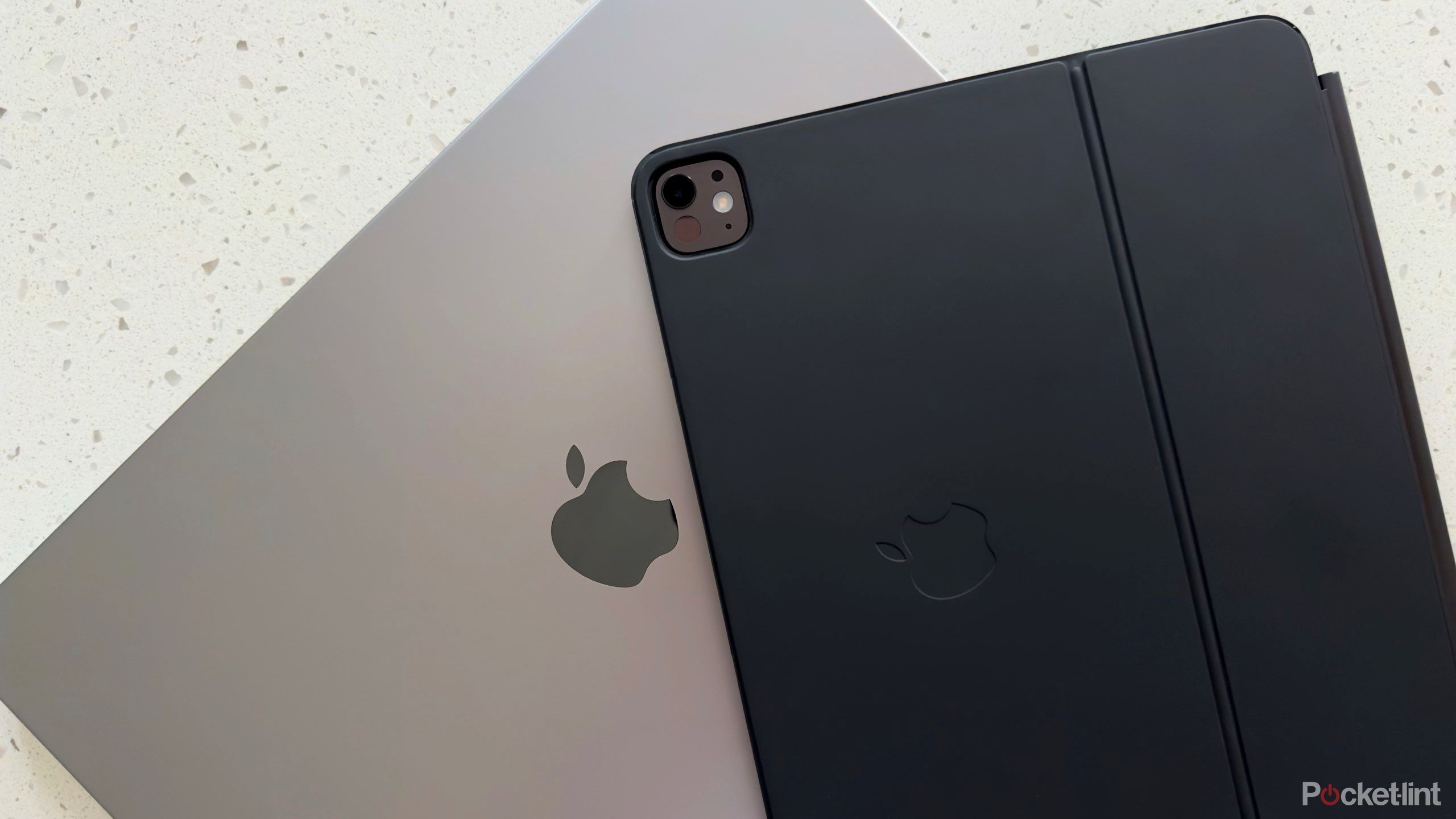
Related
Do you need an iPad if you have a laptop?
As a laptop owner, you might not need a iPad. But, if you do any of these things, you could benefit more than you think from buying one.
Middling specs, middling value
Playing catch-up with other iPads
Apple
Don’t get me wrong — if you’ve never owned an iPad before, or you’re upgrading from a much older model, there’s a lot to look forward to with the new mini. The A17 Pro remains very capable when it comes to media and gaming, and we’re still talking about an 8.3-inch tablet with access to most of the apps available on the App Store.
Let’s hone in on “most,” though. Once again, the mini is saddled with an A-series iPhone processor, rather than one of the M-series chips used in Macs and more expensive iPads. Some iPad apps now require (or effectively require) an M-series chip — so while you might be able to play a detailed 3D game like Resident Evil 8 on a mini, don’t expect to be doing much in the way of professional audio or video editing. You also can’t push Stage Manager windows to an external display without an M-series iPad, so you can forget about using a mini to anchor a desktop setup.
Apple has upgraded the mini just enough to keep it relevant, but crippled it strategically so that people will naturally gravitate towards spending $100 extra on an iPad Air.
What’s particularly crazy is how Apple decided to go with the A17 Pro instead of the A18. Even the base iPhone 16 uses an A18 chip, which suggests that the company doesn’t consider the mini important, or that compromises were needed to keep the mini’s starting price at $499. That’s not even addressing the complaints about all of Apple’s non-Pro iPads, such as their using Touch ID instead of Face ID, and sporting 60Hz LCD panels when it’s common for Android and Windows tablets to offer smoother refresh rates and/or OLED. Samsung’s budget Galaxy Tab A9+ offers 90Hz.
Effectively, Apple has upgraded the mini just enough to keep it relevant, but crippled it strategically so that people will naturally gravitate towards spending $100 extra on an iPad Air. The Air gets you an M2 chip and a much larger 11-inch display. It’s a tablet you can run pro apps on, including enough screen space that multitasking actually makes sense.
On a mini, you’re almost always limited to one app at a time.
So, who should actually buy the iPad mini 7?
It’s the most niche of iPads
Pocket-lint / Apple
The most fitting customer for the new mini is someone who has casual needs and values portability above everything else. A mini is an excellent travel device — it’s reasonably sized for reading a book, watching a movie, or even playing a game, yet it creates fewer problems than other iPads when it comes to packing or making it through security screening. A 13-inch iPad Pro can be tough to fit on a seat tray, never mind trying to pull it out of your carry-on bag when there are 50 other people behind you in the TSA line.
I could see the new mini gaining traction with artists and fans of handwritten notes.
Speaking of flying, I do know that minis are popular with pilots, since it’s a lot easier to use them in the cockpit when browsing maps and other technical data. They tend to show up in other roaming workplaces as well, such as hospitals. But of course, those are niche circumstances — buyers there have very specific requirements, and they’re not who Apple caters to in its marketing or at Apple Stores.
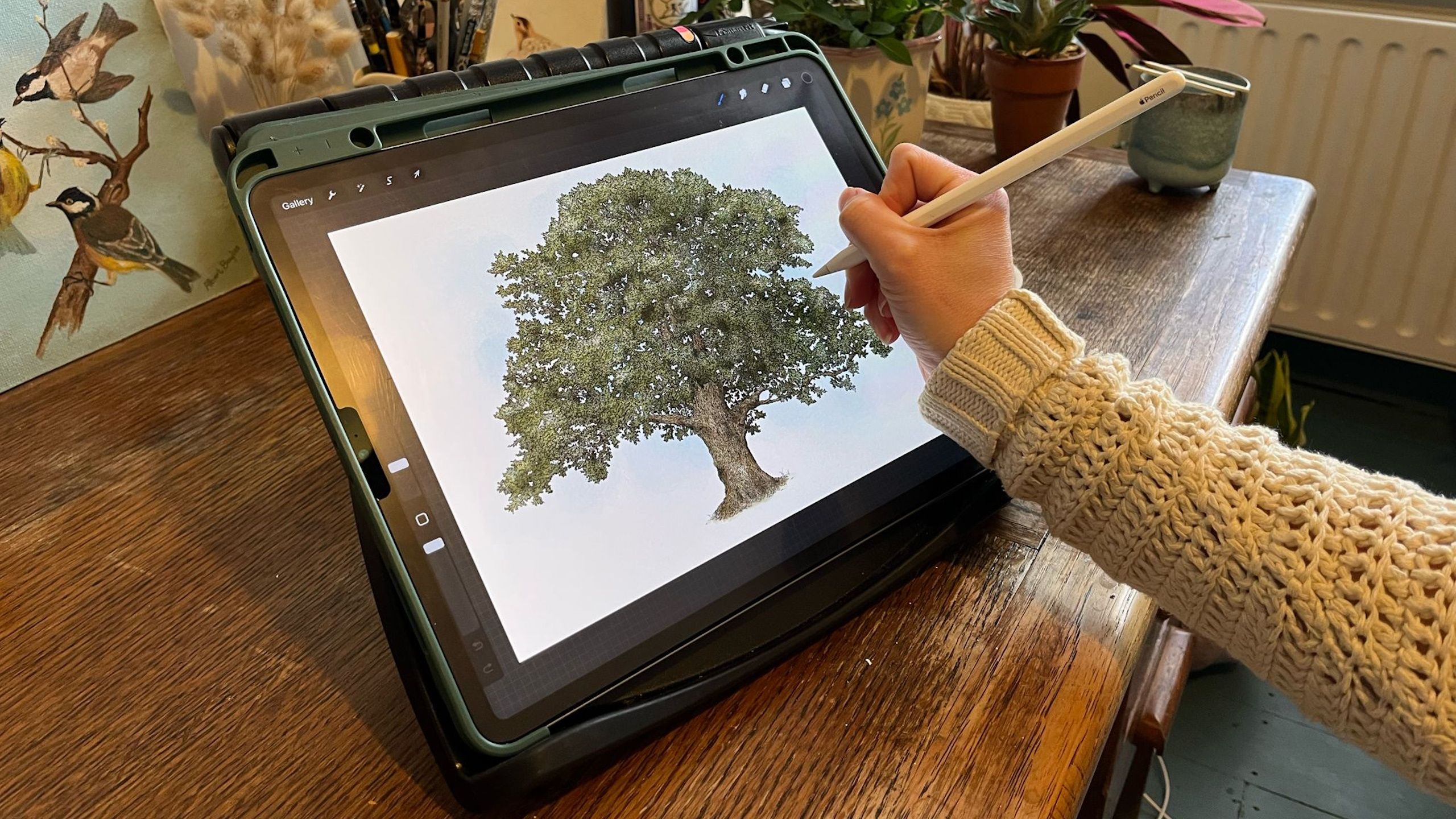
Related
How this professional illustrator creates luxury Victorian-style art using her iPad
I spoke with a professional illustrator for the luxury sector to find out how she uses the iPad to create her artwork.
I could see the new mini gaining traction with artists and fans of handwritten notes. The mini’s size is more amenable to sketching on the go, since you can just jam it in your sling or backpack and draw without always having to have a flat surface to rest things on.
Getting the most out of that depends on buying an Apple Pencil Pro, however, and people with serious illustration and note-taking demands are still going to want an Air, if not a Pro. The mini’s 8.3-inches doesn’t offer much of a canvas, and there’s no Smart Connector for docking a keyboard — that means you have to use something with Bluetooth or USB-C, both of which are less convenient.
I wouldn’t choose a mini if I wanted a do-it-all college tablet.
The mini definitely needs to be rethought
Apple needs to stop treating small devices like an afterthought
Apple / Pocket-lint
It’s easy to imagine a version of the new mini that’s a force of nature — giving it a matte OLED screen would make it undeniable as an art and note-taking tool, and dramatically improve its value as an e-reader and travel companion. You’d be able to read in direct sunlight while worrying less about battery life on long flights.
I suspect the next two years will be critical in deciding whether the iPad mini survives.
While that’s probably not realistic given what Apple charges for the OLED tech in the iPad Pro, an M-series chip and a Smart Connector should’ve been de facto for the mini’s seventh generation. How do you explain to a newcomer that Apple’s latest mini can’t run everything in the App Store, or every iPadOS feature? Or that there’s no Magic Keyboard for it? Being a tech journalist, I would’ve loved having something I could take anywhere and still get real work done.
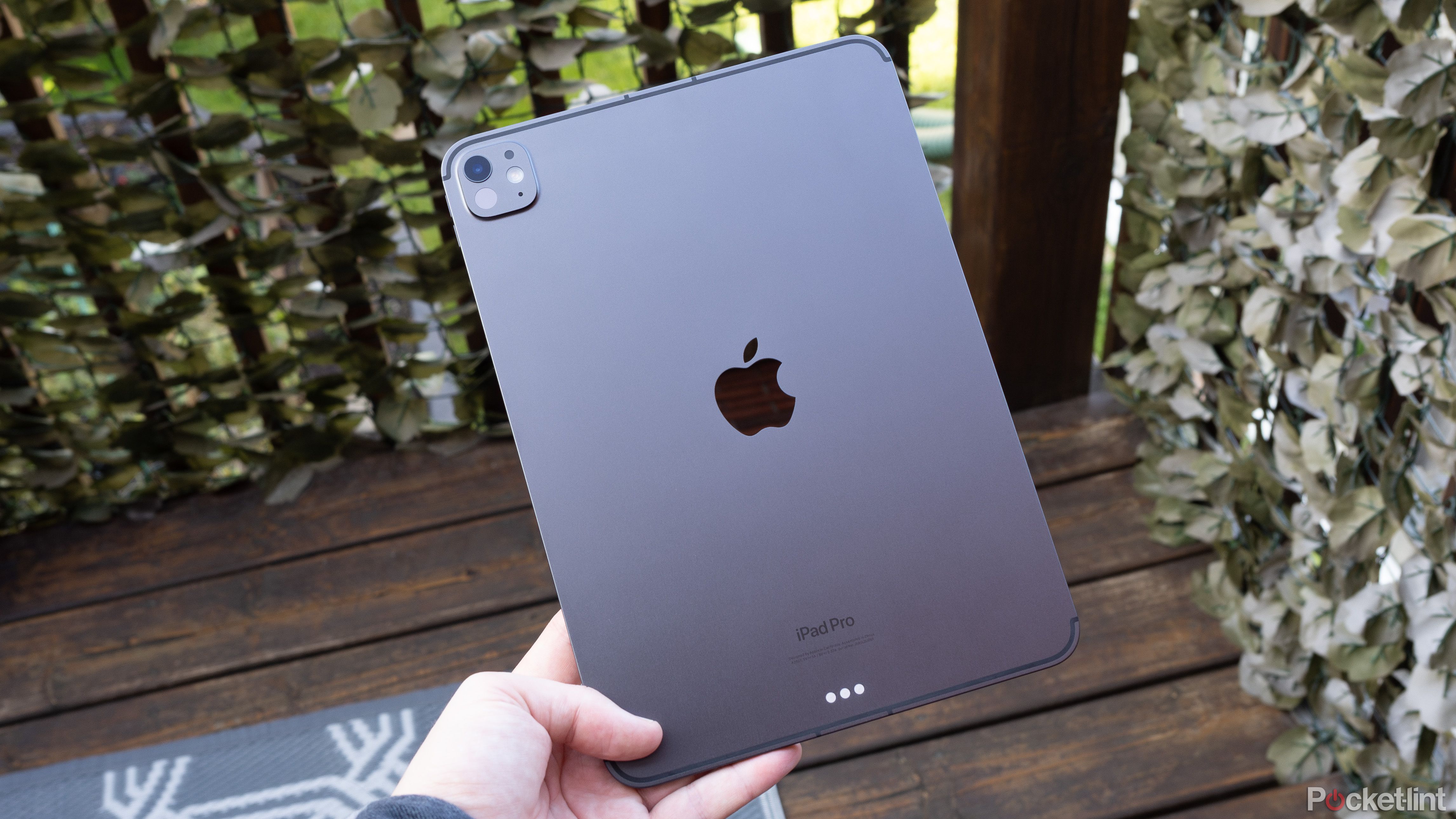
Related
Apple needs to complete its iPadOS puzzle if it wants to keep the iPad Pro afloat
In its current state, iPadOS lets down the iPad Pro — Apple needs to reevaluate its OS strategy to justify the price of its ‘Pro’ tablets.
Perhaps we’re lucky to still have an iPad mini at all. iPad sales haven’t been setting the roof on fire in recent quarters, since people hold onto them for many years at a time, and there’s little compelling reason to buy one over a Mac. Buyers seem to prefer larger screens, too. The last mini iPhone was 2021’s iPhone 13 mini — sales were poor, and since then Apple has actually gone in the opposite direction, replacing mini options with over-sized Plus versions.
Trending Products

Cooler Master MasterBox Q300L Micro-ATX Tower with Magnetic Design Dust Filter, Transparent Acrylic Side Panel…

ASUS TUF Gaming GT301 ZAKU II Edition ATX mid-Tower Compact case with Tempered Glass Side Panel, Honeycomb Front Panel…

ASUS TUF Gaming GT501 Mid-Tower Computer Case for up to EATX Motherboards with USB 3.0 Front Panel Cases GT501/GRY/WITH…

be quiet! Pure Base 500DX Black, Mid Tower ATX case, ARGB, 3 pre-installed Pure Wings 2, BGW37, tempered glass window

ASUS ROG Strix Helios GX601 White Edition RGB Mid-Tower Computer Case for ATX/EATX Motherboards with tempered glass…


